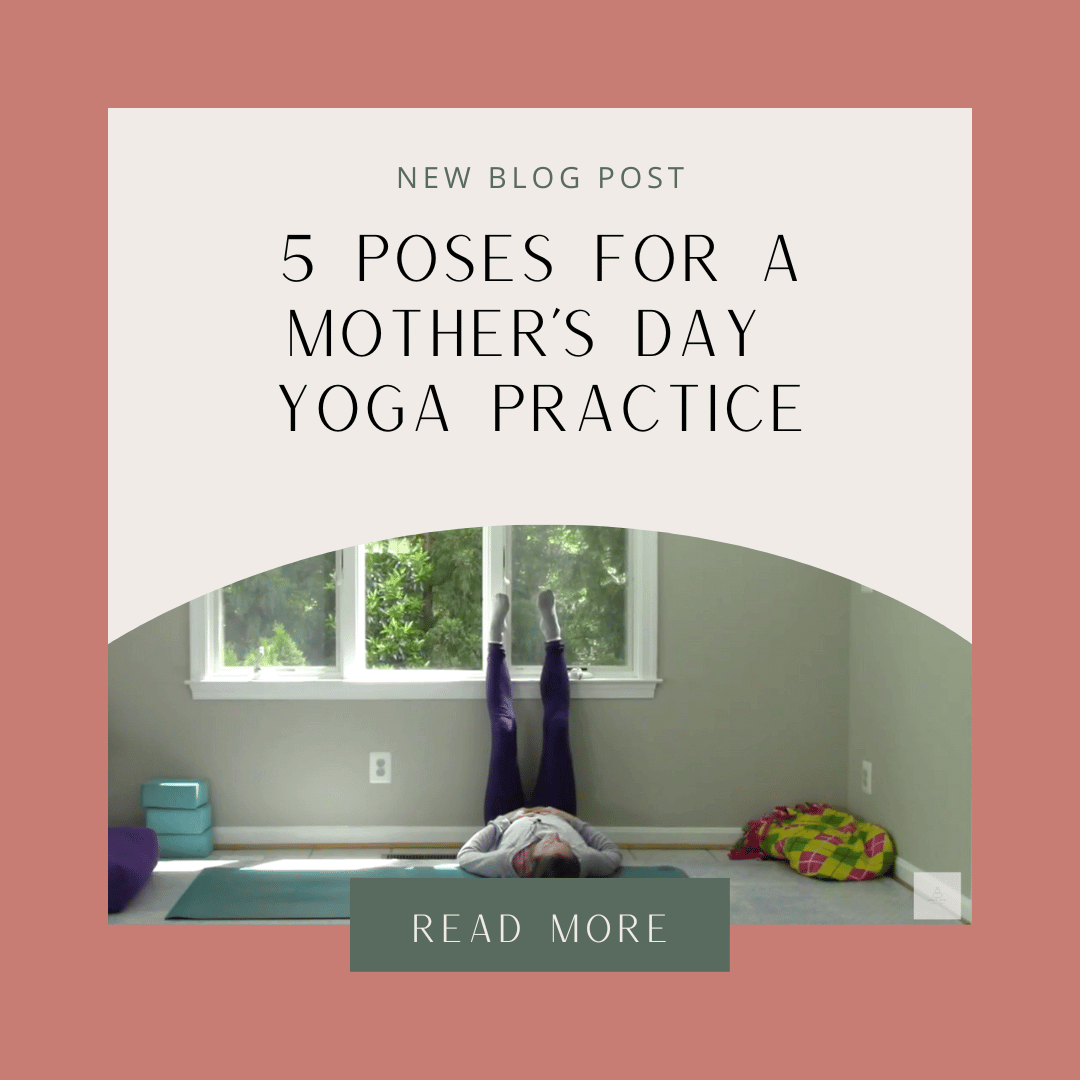There are plenty of funny articles online about the weird things you hear yoga teachers say, and I’ll admit I’m an offender on some of them.
Some of the yoga cues you hear teachers give to students to get into popular poses have also become commonplace. While common cueing makes it easier for students to remember how to get into a particular pose, confusing common cues can quickly lead to chronic misalignment and a general misunderstanding of what goes where.
The Golden Rule of alignment
In general, the golden rule of alignment in yoga is to stack your joints on top of one another. What does that mean?
Stacking your joints means that your knee will almost always be right on top of your ankle, and your shoulders will almost always stack on top of your hips in the same plane (twists are sometimes exceptions to the rule).
I most commonly see knees lunging in front of ankles, which can contribute to serious knee stress and injury.
Major joints aside, the spine is the final piece of the puzzle. Except when you’re folding forward or bending backward, you want to keep your spine as upright as possible moving in the same direction as the rest of your body. If you’re hinging forward from your hips, bring your straight spine with you!
Common confusion about Chatarunga Dandasana
One of the most common misconceptions that I see in my yoga classes is about Chatarunga Dandasana, or the transition between high plank (high push-up) to low plank (Chatarunga). In some schools of thought, the yoga cue given is to lower all the way down to your belly while sticking your elbows directly on top of your wrists.
When I see students attempt this transition, I see so many potential problems.
First of all, I firmly believe that you should not, under any circumstance, bring your belly all the way to the ground. If your belly touches the ground in Chatarunga, I can 99% guarantee you that you’re losing control of your body enroute. I will also probably find a somewhat disengaged core and collapsing shoulder blades. This is a recipe for shoulder injuries. Also, Chatarunga as a pose is where your body hovers off the ground with only your hands and your toes touching the ground. At no point will your belly ever touch the ground in a true Chatarunga.
Instead of trying to touch your belly to the ground, only lower half-way down or less. In my Chatarunga Dandasana pose, I come down about 50% to my true half-way point. There is no way that I have the strength to support my body down to a 90 degree bend in my elbows without collapsing my low back and shoulder blades. I’ve been practicing yoga for a good six or seven years and I still can’t get to a true half-way – it’s okay if you can’t go half-way either.
As you lower half-way down, think about pulling your shoulder blades away from each other to either side of the room as you pull your elbows in toward each other. This will make lowering down next to impossible because your elbows will be moving in one direction (toward the midline) and your shoulders will be moving in the opposite direction (away from the midline). If you have the muscle strength (hello core and upper back), you’ll be able to lower down with control, but if not, you’ll feel like you’re going nowhere — AND THAT’S EXACTLY WHERE YOU NEED TO BE.
Over time as you continue to feel like you’re going nowhere, you’ll develop the strength you need to go somewhere. Yoga will help you build strength so that you can continue to practice until you’re 105 years old, but only if you honor and understand your body’s true limitations.
I’ll teach all about Chatarunga some more in a future post, but until then, let’s move on to another common confusing cue.
The misconception about Bridge Pose
For the longest time I was taught to reach my fingertips to the back of my heels in Bridge Pose to find proper alignment of my feet. The truth is, this is only true for some people and it totally depends on the length of your arms relative to your torso.
A better yoga cue is to stack your ankles directly under your knees. When your ankles are directly under your knees you may or may not be able to touch the back of your heels depending on the length of your arms. Don’t worry about it. If your arms are super short and you try to touch the back of your heels, you’ll end up pulling your heels closer to your body and your knees will shoot forward of your ankles. The strain on your knees will undermine the potential benefit of the pose itself.
Avoid hyperextension at all cost
Finally, another more advanced cue you might hear is to melt your torso toward your thighs in Downward Facing Dog. This cue is intended to help a student bring more weight back into his or her legs so that the spine can straighten out and the neck can release. However, the shoulder girdle is at risk here if you’re a hyperextender. As tempting as it may be to tap your head to the ground because you can, DON’T DO IT.
Yes, melt your chest toward your thighs and your femur bones toward the back of the room in Downward Facing Dog. But never lose the integrity of your shoulder joints when your shoulders are supporting so much of your body weight.
The correct alignment in your shoulders for Downward Facing Dog involves a massive amount of external rotation in your shoulders. If your shoulders are extremely externally rotated, there is no way you would be able to get your head close to the ground (without manipulating and deranging your spine), no matter how flexible you are.
A better cue from your teacher (hey, that’s you!) would be to externally rotate your shoulder blades (sometimes referred to as “hollow out your armpits”) AND THEN melt your chest toward your thighs. Now you’ll experience a deeper stretch with proper and safe alignment.
Take the seat of the teacher
As a student of yoga, it is your responsibility to inquire into the state of your body and mind each and every day. It is also your responsibility to ask questions when something feels wrong or is confusing and unclear. Hold your instructors accountable, including me!, and make us explain the why behind what we have you do. This is your practice and YOU are your body’s own best teacher.
Why should you even do Downward Facing Dog and Chatarunga? To strengthen and stretch your shoulders. But if you’re working with a shoulder injury or you don’t want to stretch and strengthen your shoulders, then you don’t have to do either of those poses.
There is a good reason for everything in a (good) yoga class. But the benefit may escape you if you’re misaligned and confused.
Listen to what your teacher has to say but more importantly learn to listen to what your body has to say.
Have a question? Send me an email!
P.S. – Right as I finished up this blog post, I thought of another major offender and controversial yoga cue – “tuck your tailbone.” We’ll explore this one in greater detail next week. It deserves a post all to itself.
Namaste!





